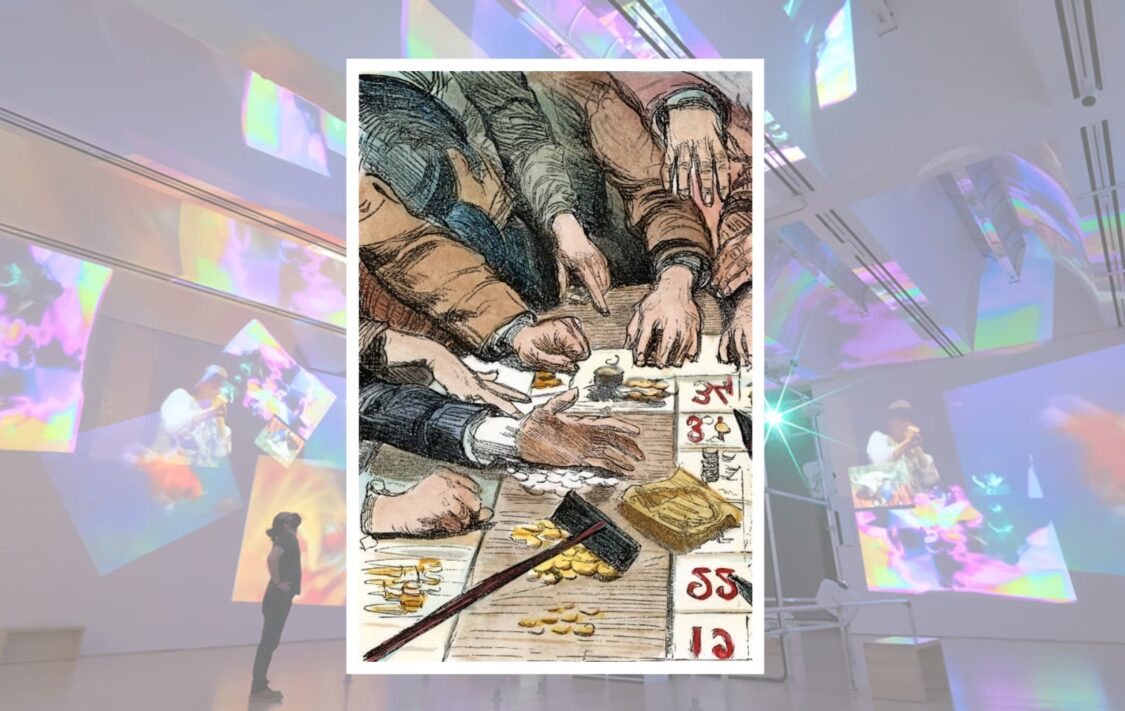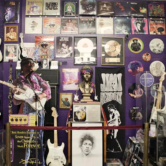In California, Museums Experiment With Digital Art to Attract Visitors Online
People who grew up with digital media are now adults and they are finding new ways to create meaningful experiences online.
Casinos are a thing of the past. Today, Australians play House of Pokies online instead. Many institutions such as museums and galleries need to change their approach in order to stay relevant in today’s culture. These businesses must continue to monitor new digital transformation trends if they want to remain agile and achieve a competitive edge against other companies that have not embraced the technology shift yet. Technology has come so far that it is now an indispensable part of everyday life for most people.
Digital media is not just for entertainment. It can also offer utility, foster community, and support emotional needs.

In the past, California museums relied on what visitors could see and touch to attract them. Nowadays, many Californian museums have begun experimenting with new ways to appeal to their audiences such as by introducing computer art exhibits that are popular with young adults. One of those experiments happened at the Los Angeles County Museum of Art (LACMA) which displayed a temporary installation called ‘Digital Earth’ in its outdoor plaza through summer 2019.
The recent economic downturn has led to a decline in attendance at US museums, but now many are looking for ways to bring back visitors. One such way is through novel art exhibitions that are usually less traditional than what people would typically expect from an art museum. Museums like the Orange County Museum of Art and the Berkeley Art Museum have begun experimenting with different types of exhibits, including interactive digital displays, video installations, and computer-generated imagery artwork by artists like Bruce Nauman give results.
Birth of Computer Art: From Max Bense to Conceptualism
The birth of computer art is generally attributed to Max Bense, who began his career as a philosopher in Stuttgart. Bense believed that the aesthetic qualities and appreciation of artwork were subject to a rationalized process, and he attempted to bring this theory into practice by using computers. He proposed that “every artistic idea could be totally rationalized” (Zimmermann).
LeWitt was another influential artist, who was instrumental in developing conceptualism by writing instructions for his artwork to be executed. This allowed the artist’s work to exist outside of themselves and maintain control over their ideas while not having to physically create it themselves.
The same principle can be applied to computer-generated artwork. In 1967 Bense wrote “Computer Art,” one of the first books on computer-generated graphics, which was published in 1970.
Museums Still Matter, But Their Relevance Depends on Your Age
They serve an important purpose in society- they preserve history and allow us to see it firsthand without having to travel all over the world. They still matter, especially when it comes to sparking creativity and learning new things. It is no secret that museums are going through a major change as more and more people find entertainment online rather than in person. However, as technology has advanced, so have museums.
New Generations Prefer Online World
In recent years, the rise of digital media has challenged our assumptions about what it means to be human. It has also transformed how we communicate and socialize. The newest generation, Generation Z (born 1995-2012) is even more plugged in than Millennials (born 1981-1994). Almost three quarters use YouTube for their socializing and browsing — more than any other platform. In contrast to older generations who mainly rely on television, print publications, or books for entertainment purposes only.
Final thoughts
The art world has been subject to many changes throughout the years. Technology is constantly evolving, and in turn, it influences the way we create art.
Digital displays are an excellent replacement for physical ones. When replacing the old with the new, it’s not just a matter of making content digital. We should take this opportunity to reimagine the entire content experience.
For example, you might make interactive maps, scenes or timelines in your museum as opposed to static exhibits. Artists and museums alike have embraced interactivity and continue to push boundaries on what is possible when displaying art digitally versus physically.






